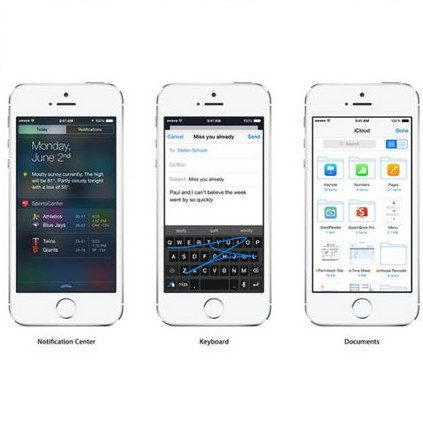Learning-based Multi-View Stereo (MVS) methods warp source images into the reference camera frustum to form 3D volumes, which are fused as a cost volume to be regularized by subsequent networks. The fusing step plays a vital role in bridging 2D semantics and 3D spatial associations. However, previous methods utilize extra networks to learn 2D information as fusing cues, underusing 3D spatial correlations and bringing additional computation costs. Therefore, we present MVSTER, which leverages the proposed epipolar Transformer to learn both 2D semantics and 3D spatial associations efficiently. Specifically, the epipolar Transformer utilizes a detachable monocular depth estimator to enhance 2D semantics and uses cross-attention to construct data-dependent 3D associations along epipolar line. Additionally, MVSTER is built in a cascade structure, where entropy-regularized optimal transport is leveraged to propagate finer depth estimations in each stage. Extensive experiments show MVSTER achieves state-of-the-art reconstruction performance with significantly higher efficiency: Compared with MVSNet and CasMVSNet, our MVSTER achieves 34% and 14% relative improvements on the DTU benchmark, with 80% and 51% relative reductions in running time. MVSTER also ranks first on Tanks&Temples-Advanced among all published works. Code is released at https://github.com/JeffWang987.
翻译:以学习为基础的多视立体(MVS) 方法将源图像扭曲到参考相机中,形成3D卷,这些卷卷被作为成本量结合成一个成本量,由随后的网络加以规范。 缓冲步骤在连接 2D 语义学和 3D 空间协会方面发挥着关键作用。 但是,以往的方法利用额外的网络学习二D 信息作为发泡提示,使用3D 空间相关性,并带来额外的计算成本。 因此,我们介绍MVSTER,利用拟议的上层变异器有效地学习2D 语义学和 3D 空间协会。 具体地说, 上极变异器使用可拆解的单色深度估计器,用于加强 2D 语义学和 3D 空间协会。 此外, MVSTER 建在级结构中, 使用摄像化的优化工具在每一阶段传播精细的深度估计。 广实验显示MVSTER 取得最新版的重建业绩,其效率要高得多: 对比2DRMVSNet 和卡SDR 递校




